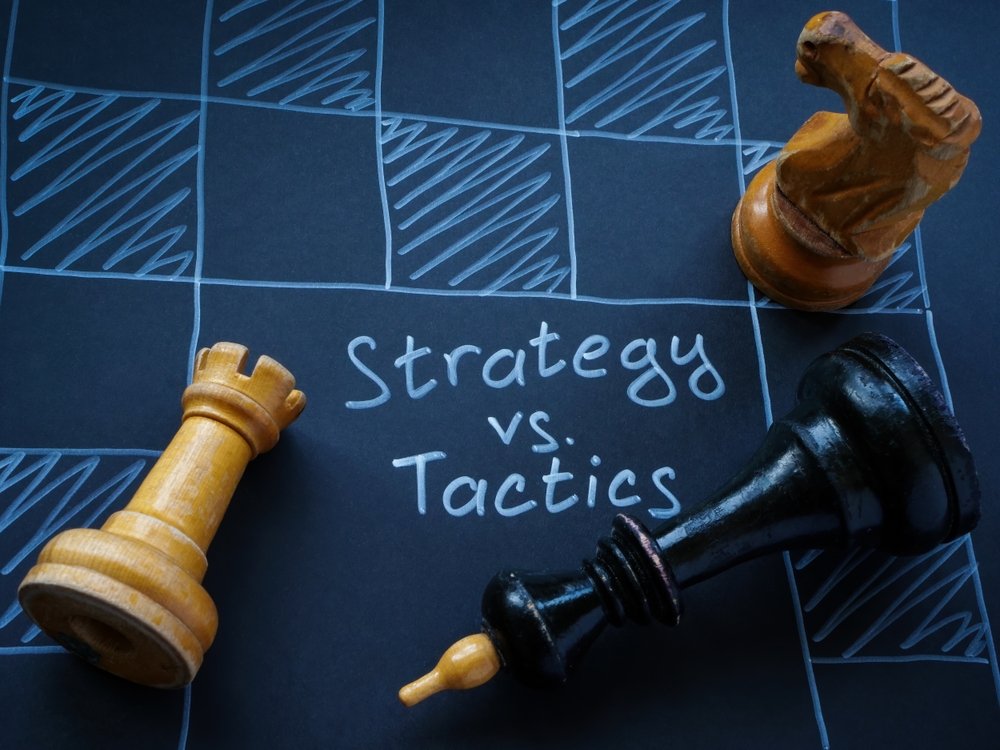In the modern landscape of business and marketing, attention is one of the most valuable currencies. As competition intensifies and consumers are bombarded with endless options, getting the attention of your target audience has become a challenging yet crucial first step. But here’s the burning question: How do you transform that attention into loyal customers?
This isn’t just a matter of attracting a crowd — it’s about turning passive observers into active participants in your brand story. As entrepreneurs, business owners, and marketing professionals, understanding this conversion process is vital for sustainable growth and long-term success.

1. Understand Attention as a Commodity
The digital age has created a world where attention is fragmented. The average person is constantly switching between devices, scrolling through social media, and juggling various distractions. But this doesn’t mean that attention is scarce — it simply requires a different approach.
To transform attention into customers, you need to treat attention as a commodity. What does this mean? Just like any valuable resource, attention must be earned, nurtured, and maximized. The way you capture attention today will directly affect how much influence you have tomorrow.
- Clarity: Be crystal clear about what you offer and why it matters. Attention spans are shorter than ever, and if your message is unclear, potential customers will lose interest before they even understand what you’re offering.
- Emotional connection: The key to sustaining attention is not just through rational arguments, but by fostering an emotional connection. People don’t just buy products; they buy feelings, aspirations, and identities. Craft your narrative in a way that resonates deeply with your audience’s needs, wants, and values.
2. The Power of Content that Compels Action
Capturing attention is just the beginning. To convert attention into paying customers, you need to create content that compels action. This doesn’t just mean flashy ads or eye-catching headlines. It means providing value that answers your audience’s most pressing questions and alleviates their pain points.
The types of content that drive customer conversion include:
- Educational Content: Position yourself as a thought leader in your field. Share valuable insights, tips, or industry trends that your audience finds useful. When you provide actionable information, you increase the likelihood that people will trust you and invest in your product or service.
- Storytelling: In a world overwhelmed by noise, stories have the power to cut through the clutter. Craft a story around your brand, showcasing your values, mission, and the real-world impact your product or service has. When you tap into your audience’s narrative, it becomes easier for them to see how your offering fits into their lives.
- Social Proof and Testimonials: Never underestimate the power of customer testimonials, case studies, or reviews. They are a social signal that not only enhances your credibility but also speaks directly to potential buyers who are considering whether to trust you. Authentic stories of success will bridge the gap between attention and conversion.
3. Build Trust with Consistent Engagement
Once you’ve captured someone’s attention, your work is far from done. The next step is engagement. You need to build a relationship based on trust. In a world of fleeting interactions, trust is the cornerstone of any successful business.
- Regular, meaningful touchpoints: Engage with your audience across multiple channels, from email newsletters to social media platforms, through content, interactions, and customer service.
- Transparency: Don’t hide behind your brand. Show up with honesty. Share behind-the-scenes looks, admit mistakes, and acknowledge challenges. Authenticity breeds trust.
- Value over time: Customers will only continue engaging with your brand if they feel they are getting something of value. Whether it’s exclusive insights, special discounts, or insider access to new products, ensure you’re always providing more than they expect.
4. Create a Seamless Customer Journey
Attention doesn’t automatically lead to sales. For the transition to occur, the customer journey must be seamless. If there’s friction at any point in the process — whether that’s on your website, checkout page, or customer service line — you’ll lose that hard-earned attention.
- Simplify decision-making: Streamline your sales process to make it as frictionless as possible. A complicated purchasing process can quickly turn away potential customers.
- Personalized experiences: Today’s consumers expect tailored experiences. Whether it’s through targeted email marketing or product recommendations, personalize every interaction based on the individual’s preferences and behavior. The more relevant your offering is to your audience, the more likely they are to make the purchase.
5. Drive Urgency without Manipulation
Urgency is a powerful tool when used appropriately, but it must feel genuine and not manipulative. Artificial scarcity tactics can work in the short term, but they won’t build a lasting relationship. Instead, aim to create real urgency by showcasing the value your product or service offers now.
- Limited-time offers: A deadline or limited availability can encourage action, but it needs to be positioned properly. Make sure that the offer aligns with the customer’s needs and is perceived as valuable.
- Future benefits: Help your customers understand what they’ll be missing if they don’t act now. Whether that’s exclusive access, a major sale, or an improved product, convey the long-term benefits that prompt immediate action.
6. Measure, Optimize, and Scale
Attention may be a powerful resource, but the conversion process is never static. To continuously turn attention into customers, you must constantly measure, optimize, and scale your efforts.
- Analyze performance: Track key metrics like conversion rates, click-through rates, and engagement levels. This will help you identify what’s working and what needs improvement.
- Optimize your funnels: Continually test your messaging, pricing strategies, and calls to action. Small tweaks can lead to big changes in conversion.
- Scale your successful strategies: Once you’ve identified a strategy that works, scale it. Expand your reach through additional channels, increase your content output, or invest more in paid advertising to drive even more attention to your business.
7. The Final Question: Are You Ready to Rethink Your Approach?
At the core of turning attention into customers is a single, fundamental question: Are you truly offering value, or are you simply chasing after more views? Too many businesses focus on the numbers — more clicks, more likes, more views — but those aren’t the metrics that matter. What truly matters is quality engagement that leads to real conversions.
As entrepreneurs, business owners, and marketers, we are constantly evolving. To convert attention into customers, you must be ready to rethink your approach, innovate, and, most importantly, ensure that your audience’s needs and desires are always at the center of your strategies.
The next step is yours. Ask yourself: What are you doing today to turn attention into lasting customer relationships? The answer will define your success in the years to come.
This is an insight from Vusi Thembekwayo





